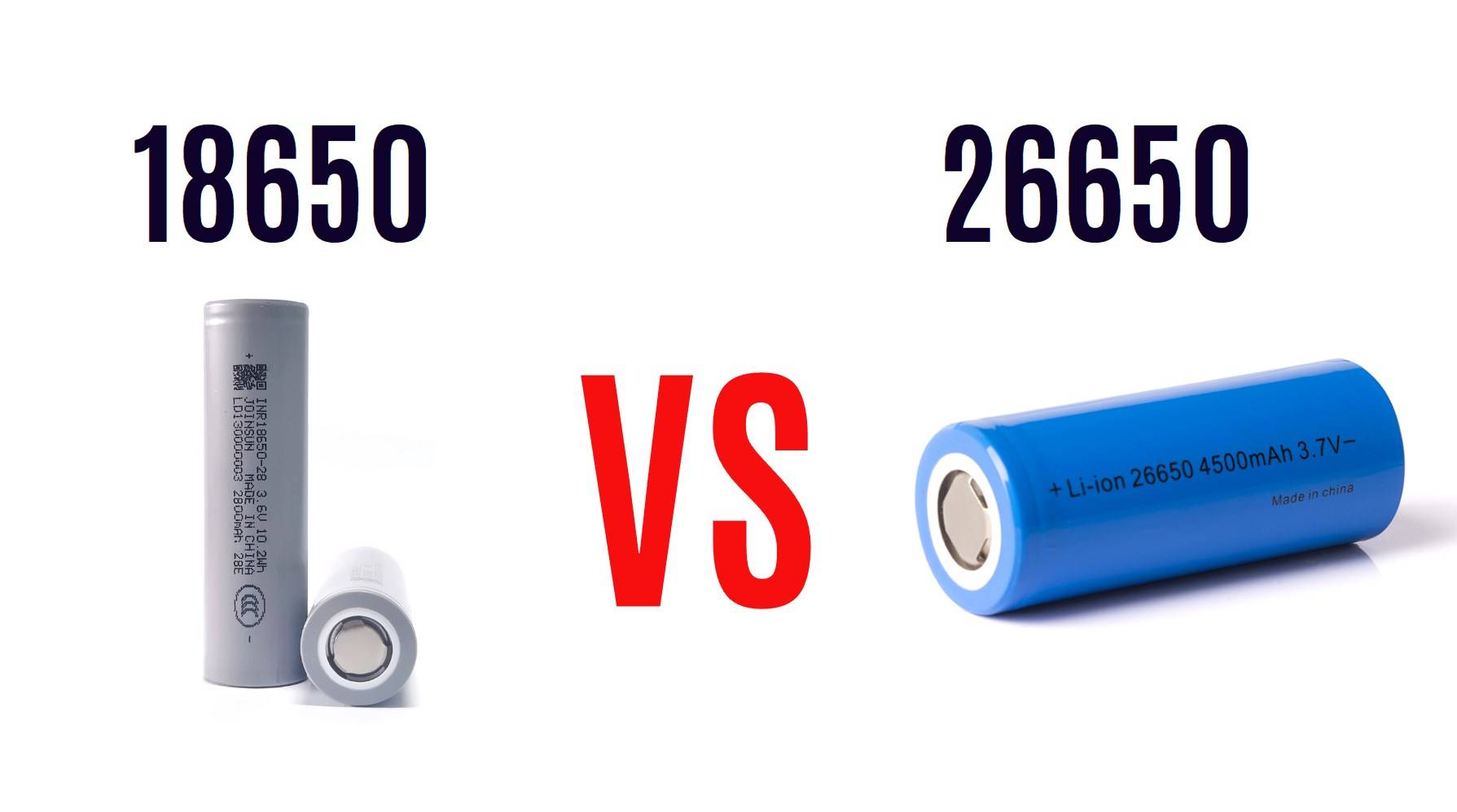- Rack-mounted Lithium Battery
- Golf Cart Lithium Battery
-
Golf Cart Lithium Battery
- 36V 50Ah (for Golf Carts)
- 36V 80Ah (for Golf Carts)
- 36V 100Ah (for Golf Carts)
- 48V 50Ah (for Golf Carts)
- 48V 100Ah (Discharge 100A for Golf Carts)
- 48V 100Ah (Discharge 150A for Golf Carts)
- 48V 100Ah (Discharge 200A for Golf Carts)
- 48V 120Ah (for Golf Carts)
- 48V 150Ah (for Golf Carts)
- 48V 160Ah (Discharge 100A for Golf Carts)
- 48V 160Ah (Discharge 160A for Golf Carts)
-
Golf Cart Lithium Battery
- Forklift Lithium Battery
- 12V Lithium Battery
- 24V Lithium Battery
- 36V Lithium Battery
- 48V Lithium Battery
-
48V LiFePO4 Battery
- 48V 50Ah
- 48V 50Ah (for Golf Carts)
- 48V 60Ah (8D)
- 48V 100Ah (8D)
- 48V 100Ah
- 48V 100Ah (Discharge 100A for Golf Carts)
- 48V 100Ah (Discharge 150A for Golf Carts)
- 48V 100Ah (Discharge 200A for Golf Carts)
- 48V 150Ah (for Golf Carts)
- 48V 160Ah (Discharge 100A for Golf Carts)
- 48V 160Ah (Discharge 160A for Golf Carts)
-
48V LiFePO4 Battery
- 60V Lithium Battery
-
60V LiFePO4 Battery
- 60V 20Ah
- 60V 30Ah
- 60V 50Ah
- 60V 50Ah (Small Size / Side Terminal)
- 60V 100Ah (for Electric Motocycle, Electric Scooter, LSV, AGV)
- 60V 100Ah (for Forklift, AGV, Electric Scooter, Sweeper)
- 60V 150Ah (E-Motocycle / E-Scooter / E-Tricycle / Tour LSV)
- 60V 200Ah (for Forklift, AGV, Electric Scooter, Sweeper)
-
60V LiFePO4 Battery
- 72V~96V Lithium Battery
- E-Bike Battery
- All-in-One Home-ESS
- Wall-mount Battery ESS
-
Home-ESS Lithium Battery PowerWall
- 24V 100Ah 2.4kWh PW24100-S PowerWall
- 48V 50Ah 2.4kWh PW4850-S PowerWall
- 48V 50Ah 2.56kWh PW5150-S PowerWall
- 48V 100Ah 5.12kWh PW51100-F PowerWall (IP65)
- 48V 100Ah 5.12kWh PW51100-S PowerWall
- 48V 100Ah 5.12kWh PW51100-H PowerWall
- 48V 200Ah 10kWh PW51200-H PowerWall
- 48V 300Ah 15kWh PW51300-H PowerWall
PowerWall 51.2V 100Ah LiFePO4 Lithium Battery
Highly popular in Asia and Eastern Europe.
CE Certification | Home-ESS -
Home-ESS Lithium Battery PowerWall
- Portable Power Stations
Can You Replace an 18650 Battery with a 26650 Battery?

Replacing an 18650 battery with a 26650 battery is not straightforward due to significant differences in size, capacity, and application. While both are popular lithium-ion battery types, their compatibility depends on specific device requirements and physical dimensions.
What Are the Key Differences Between 18650 and 26650 Batteries?
The 18650 and 26650 batteries differ primarily in size and capacity:
- Dimensions:
- 18650: Diameter of 18 mm, length of 65 mm.
- 26650: Diameter of 26 mm, length of 65 mm.
This size difference means that devices designed for one type cannot typically accommodate the other without modifications.
| Parameter | 18650 Battery | 26650 Battery |
|---|---|---|
| Diameter | 18 mm | 26 mm |
| Length | 65 mm | 65 mm |
Why Is Battery Size Important for Compatibility?
Battery size is crucial because it determines whether a battery will fit into a device’s designated compartment. Using a battery that does not fit can lead to poor connections, potential damage to the device, or even safety hazards. Therefore, ensuring that the battery dimensions match those specified by the manufacturer is essential for optimal performance.
What Are the Capacities of 18650 and 26650 Batteries?
Capacity is another key difference:
- 18650 batteries typically range from 1200 mAh to about 3600 mAh, depending on the specific model and manufacturer.
- 26650 batteries, due to their larger size, generally offer capacities ranging from 2500 mAh to over 6000 mAh.
This higher capacity makes the 26650 battery more suitable for high-drain applications where longer runtimes are necessary.
| Capacity Range | 18650 Battery | 26650 Battery |
|---|---|---|
| Minimum Capacity | ~1200 mAh | ~2500 mAh |
| Maximum Capacity | ~3600 mAh | ~6000 mAh |
What Are the Common Applications for Each Battery Type?
Both battery types serve different applications based on their characteristics:
- 18650 batteries are commonly used in:
- Laptops
- Flashlights
- Electric bicycles
- Power tools
- 26650 batteries are typically found in:
- High-drain devices like power tools
- Electric vehicles (EVs)
- Energy storage systems
Understanding these applications helps users choose the right battery based on their needs.
Can You Use a 26650 Battery Instead of an 18650 Battery?
In general, you cannot replace an 18650 battery with a 26650 battery directly due to differences in size and design. However, if a device has been specifically designed or modified to accommodate larger batteries, it may be possible. Users should always refer to the manufacturer’s specifications before attempting any replacements.Attempting to use a larger battery in place of a smaller one without proper modifications can lead to:
- Poor electrical connections.
- Damage to the device.
- Safety hazards such as overheating or fire.
Industrial News: Trends in Lithium-Ion Battery Technology
Recent advancements in lithium-ion technology focus on increasing energy density while reducing size and weight. Research is ongoing into new materials that enhance performance and safety. Additionally, manufacturers are exploring ways to improve recycling processes for lithium-ion batteries, addressing environmental concerns associated with battery disposal.
Redway Power Insight: Expert Comments on Battery Compatibility
“Choosing between an 18650 and a 26650 battery should be based on both size and application needs,” states an expert from Redway Power. “While larger batteries like the 26650 offer greater capacity, they won’t fit in devices designed for smaller batteries unless modifications are made.”
FAQ: Common Questions About Replacing 18650 with 26650 Batteries
Q1: Can I use a different brand of an 18650 battery?
A1: Yes, as long as it meets the same specifications regarding size and voltage.Q2: Will using a larger capacity battery damage my device?
A2: Yes, using a larger capacity battery without proper compatibility can damage your device.Q3: How do I know which battery my device requires?
A3: Always check your device’s manual or specifications for recommended battery sizes.













